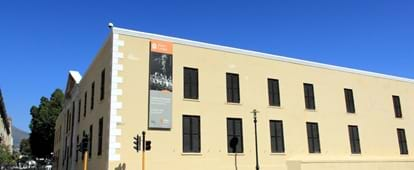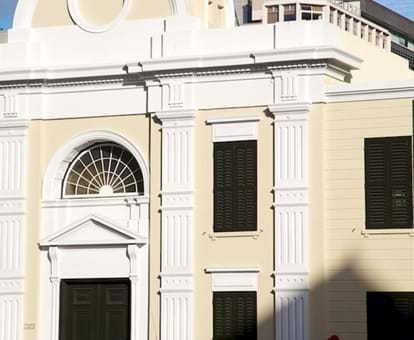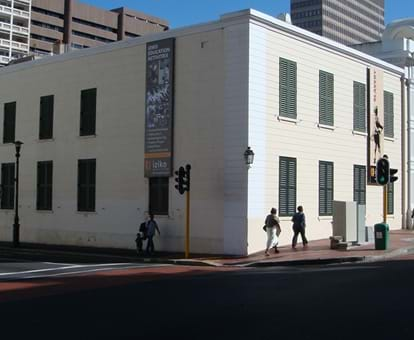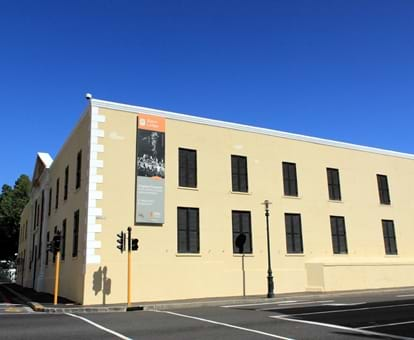By creating an account, I agree to the
Terms of service and Privacy policy
Choose your country and language:
Africa
Americas
Asia Pacific
Europe
WWhile the Trans-Atlantic slave trade saw millions of enslaved Africans heading to the Americas, a lesser-known slave port was developing rapidly in the southernmost tip of Africa between 1653 and 1856.
This comes after the Vereenigde Oost-Indische Compagnie (VOC) or Dutch East India Company established a maritime halfway-house at the Cape in 1652 for Europeans ships en route to Asia. Subsequently, the expanding colony called for cheap and subservient labour.
As a result, thousands of slaves coming from India, Indonesia, East Africa, Mauritius and Madagascar were captured by the VOC, and taken to the Cape of Good Hope – where they were either sold to colonial homes and farmers or worse, retained by the trading company.

TThe year is 1679. The VOC has been ‘hard at work’ trying to build a new place for its captured slaves next to an already existing one near the Company Gardens in the centre of Cape Town. No windows - only barred slats in the walls - as well as leaking roofs to cause perpetual dampness, poor air circulation and a permanent stench in the building.
TThe year is 2018. The Slave Lodge is no more. It operated until 1811 when it was transformed into government offices by the British colonial authorities. Later, it served as a Supreme Court. But the memory of the slaves is kept alive in the very same building.
The walls tell a gripping story about the horrors of an estimated 7000 – 9000 men, women and children who suffered a gross human injustice over a period of 132 years at the hands of slave masters. The building represents a living memorial.
It addresses the legacy of slavery in our country as well as topical issues such as freedom, identity, human rights, reparations, racial discrimination and cultural change. It’s now a place that seeks to educate, enlighten and inform its visitors about South Africa’s rich history.
It’s called the Iziko Slave Lodge Museum.
Past exhibitions at Iziko include; The Struggle Against Separate Schooling in America, African Slaves in Brazil, a photographic collection highlighting the role of women in the struggle against Apartheid as well as a poignant exhibition paying homage to struggle stalwart Nelson Mandela.
Mandela: Leader, comrade, negotiator, prisoner, statesman. The Iziko Slave Lodge unveiled an exhibition celebrating the life of Nelson Mandela on 11 February 2010 to mark 20 years since his release from prison.
Titled, Mandela: Leader, comrade, negotiator, prisoner, statesman, the year-long exhibition made use of visual wall displays and films to tell a story of Madiba’s life in thematic sections; character, comrade, leader, prisoner, negotiator and statesman.
The public display traced how Mandela built a new nation from the fragments of conflict, making full use of the ‘weapons’ at his disposal: love, persuasion, forgiveness and acute political acumen – with a fair amount of self-deprecating humour thrown in for good measure.
More than just a static public display, the Iziko Slave Lodge is an experience of South Africa’s past, present and future.
Iziko Slave Lodge
Related articles




